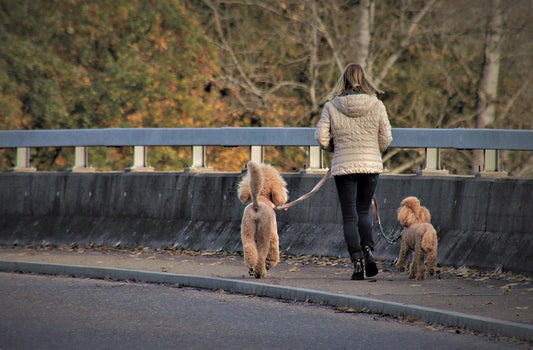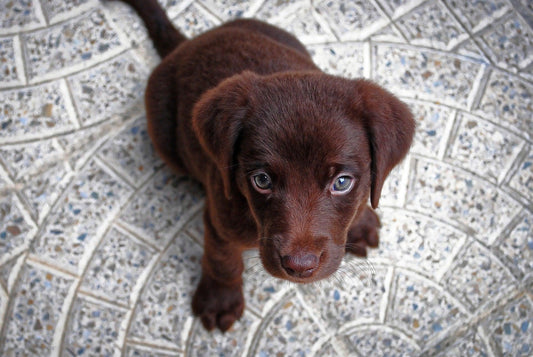The Brandlbracke is a short-legged, short-haired hunting dog breed that originated in Austria. The breed is known for its excellent sense of smell and is often used for hunting small game, such as hares and foxes. In this blog we will discuss the history, character, health and care of this dog breed.
History
The history of the Brandlbracke goes back to the Middle Ages, when the breed was already used for hunting. The name "Brandlbracke" refers to the color of the coat, which is often dark brown with reddish hues, reminiscent of firewood. The breed was mainly bred in the regions of Styria and Carinthia in Austria, where it was used for hunting small game in mountainous areas. The Brandlbracke originated from a mix of different hunting dog breeds, including the Bavarian Mountain Hound and the Tyrolean Beagle.
Character
The Brandlbracke is a very energetic and active breed that needs a lot of exercise. They are good hunters with an excellent sense of smell and great stamina. Although the Brandlbracke has a natural hunting instinct, they also make excellent family dogs that enjoy being close to their owners. They are very intelligent and strong-willed which can make training challenging at times. The Brandlbracke is a very social dog that gets along well with other dogs and children.
Health
In general, the Brandlbracke is a healthy breed with no common health problems. However, as with all dog breeds, it is important to have the dog checked regularly by a vet and to ensure that the dog is eating a healthy diet and getting enough exercise. The Brandlbracke is naturally low in body fat so it is important to ensure that the dog always maintains a healthy weight.
Care
The Brandlbracke needs little coat care because of its short coat. It is important to brush the dog regularly to remove loose hair and keep the coat shiny. It is also important to exercise the dog regularly to prevent obesity. In addition, it is important to train and socialize the dog so that it can behave well in different situations.




